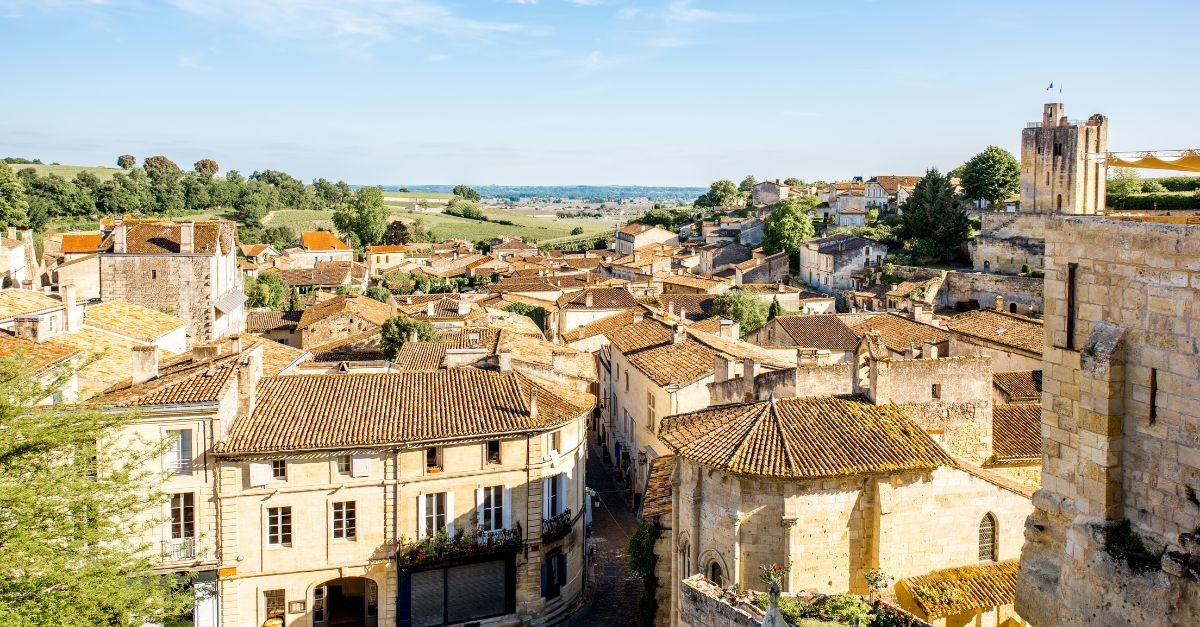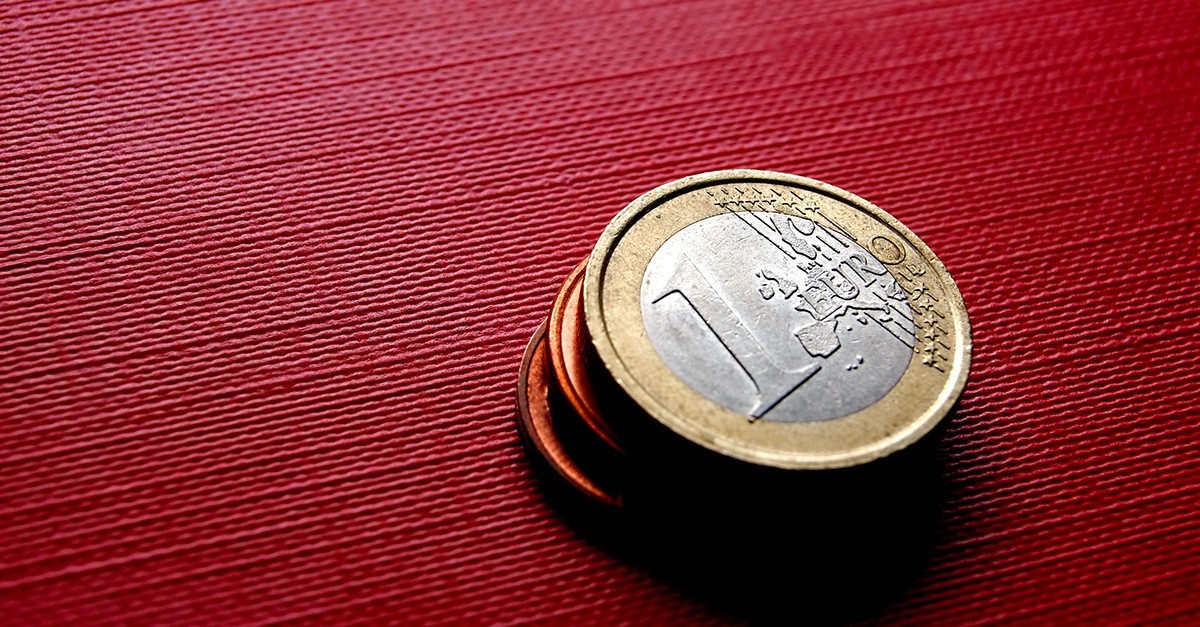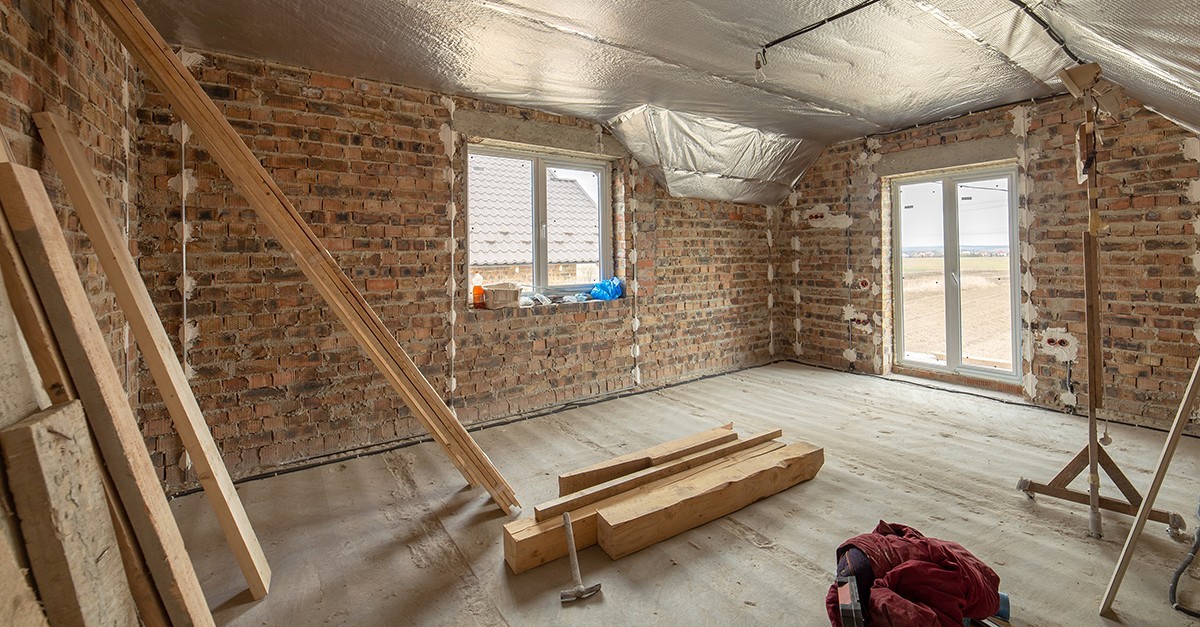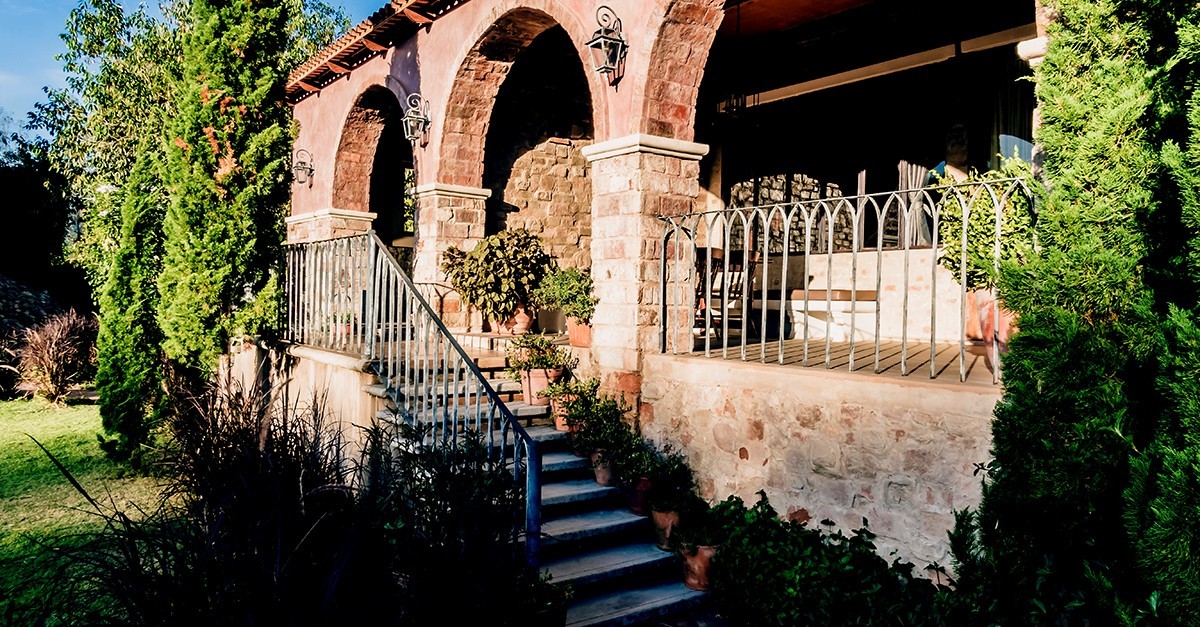
Italy's 1 euro home initiative is having great success, contributing to the revival of Italian villages, especially those in the south of the country that have suffered from depopulation for years. There are many buyers interested in investing in properties that boast an excellent geographical location, and special attention is being paid to foreigners, with around 80% of buyers of 1 euro homes in Italy coming from the United States.
It is a project that has made it possible to revive the economies of small villages, considering the compulsory renovation after purchase condition, within the specific terms set by each village where the properties are being sold. This decision has allowed the revival of the construction sector, services, and businesses, and benefited the tourism and accommodation sector. With this in mind, this is how 1 euro houses in Italy can be a great investment opportunity.
1 euro houses: possible residence, second home or investment

Can you buy a 1 euro home and then live in it? What about use it as a holiday home? The thought of buying several 1 euro houses for different purposes could be very tempting; one to live in, a holiday home by the sea, in the hills or in the mountains, or even buying a 1 euro house to be used as an accommodation business.
However, buying a house for 1 euro is not such a straightforward and simple process. Municipal tenders advertising 1 euro houses in Italy are usually written in such a way as to reduce speculation, trying to avoid one person buying several properties and then investing in them in full. With this in mind, the "Case a 1 euro" project was born out of a desire to combat the abandonment of small Italian villages, repopulate abandoned areas, and redevelop old houses and dilapidated structures.
In other Italian villages, however, abandonment is not the main problem, only old structures in city centres. In these cases, buying a 1 euro house is also open to those who want to make investments: whether for a holiday home, a small hotel or a shop. Such municipalities leave room for those who would like to invest in the town, without necessarily living there, and even give priority to those who plan to bring some sort of tourist activity of business to the village.
Buying a house for 1 euro: tips on how best to invest
Once purchased, 1 euro houses involve additional costs that can range from several thousand to tens of thousands of euros, which the owner must invest in renovation. Despite this, thanks to European incentives, it is possible to do great bargains by investing a few thousand euros and then get a property worth five or ten times what was spent.

Buying a house for 1 euro is an interesting and intriguing proposition, but very much like any other, it is only possible to get a bargain if:
- you study all offers in detail;
- you visit the property in person before buying it;
- an estimate of the costs is calculated.
It's also a good idea to inform yourself about all the Italian and European subsidies and grants that could help you along the way.
Get your dream home in Italy

Among the advantages of 1 euro houses is that of recovering abandoned or dilapidated homes, creating new, well-maintained and above all habitable residences for families or young people looking for a home. For this reason, it is important, before buying them, to be aware that you have to renovate them, investing at least a few thousand euros. By buying a 1 euro houses in Italy, you are committing yourself to:
- draw up the deed of purchase of the property;
- bear all the costs of drawing up the deed of sale;
- prepare the project for the renovation of the property within 3 months from the date of signing the contract;
- complete the work within 36 months from the date of commencement.
Increasingly, and especially after the coronavirus pandemic, the need for people to live in a spacious, bright and modern home away from the chaos of the city, is emerging. This is another reason why one euro houses are increasingly popular, while the economic aspect should not be overlooked: the 1 euro home project can be the optimal solution for all those who want to have a new home at a low price.
Become a holiday home owner by buying a house for 1 euro
Buying a house for 1 euro at the seaside is possible and could be an opportunity for those who want to have a second home where they can spend the summer or weekends, without spending too much. Many of these properties are in dream locations close to the beach and and not far from some of the most beautiful cities in Italy. In Sicily, Sardinia, Apulia and southern Italy in general, there are many municipalities participating in the project.
One example of what you could do with your 1 euro house is this property in Salemi (Sicily), made up of 2 properties that were bought for 1 euro each and completely renovated to leave a stunning 2 bedroom apartment. The property, featured on a BBC series and known as Casa Alamanda, is now for sale on idealista for 145,000 euros and would make the perfect holiday home.
Start a successful accommodation business

The 'Case a 1 euro' project is a profitable initiative not only for those interested in buying property to live in, but also for the emergence of new tourist activities. Many villages welcome this sort of investment, as this is a way in which the economy is also reactivated.
Buying a property at the symbolic price of one euro and subsequently renovating it as a small hotel or B&B, could be an excellent investment for foreign tourists, intrigued by culture and art, and especially eager to live a 100% Italian experience. In recent years, tourism in lesser-known villages has been growing rapidly, thanks to the hidden treasures of the peninsula.